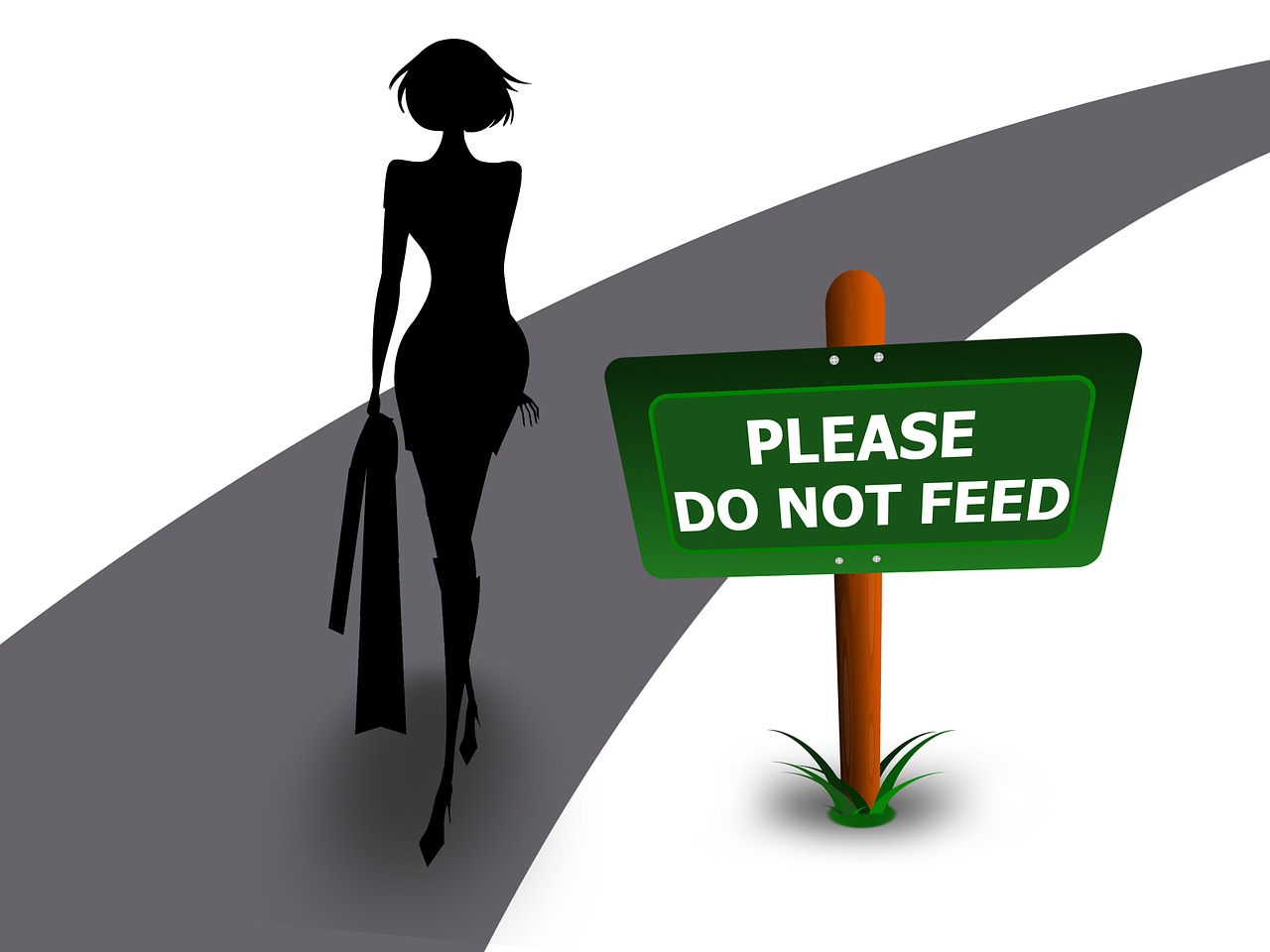This content (listed below, also find download links as well) can be freely copied and used anywhere, by anyone, for any purpose.
This content was freshly written by us, it is not “recycled” but others may grab it and use it, so we strongly recommend that it be re-written to make it 100% unique text, in order to avoid search engine duplicate content penalties.
If you are pressed for time, or your writing skills are a bit rusty, no problem – we can rewrite it for you. Just use your Articlez.com account, place an order for “Elite” content, and in the “notes” area of your order form paste in this original article and ask us to rewrite it (or to write a fresh one on the same subject).
90% of Eating Disorders Cured with Treatment but Only 10% Seek Help
Eating Disorder Awareness Week (February 1-7, 2018) was observed earlier this month. Now is the perfect time to draw attention to the nearly 8 million people in the US who are presently struggling with the destructive and sometimes dangerous consequences associated with having an eating disorder (ED).
A person’s specific, repeatable thought processes, rituals, and behavior patterns as relates to their relationship to food is what defines an actual eating disorder. Collectively, they each are a different manifestation beneath the umbrella of mental illness. More women than men have eating disorders as men account for just 10% of diagnosed ED cases.
Eating Disorders Range from Ordinary to Newly Emerging
Technically, an eating disorder is any obsessive, unusual, or unhealthy behavioral approach to food. The most often seen food disorders are anorexia nervosa, bulimia, and binge eating. Together, these three account for most of the eating disorders in modern society. One of the lesser-known dietary illnesses is called trichophagia. It is a condition where a person repeatedly and obsessively pulls out his hair and then eats it. It’s an unpalatable sounding behavior, for sure, but what people need to know is that such a practice is dangerous and can lead to blockages, even death. Another unusual eating disorder is called Pica. Individuals afflicted with the illness apparently have quite an appetite for chowing down on raw clay, possibly for its mineral content. Some people with Pica eat dirt.
Orthorexia: Extreme Concern for Food Quality Disorder
Orthorexia is an emerging dietary disorder that characterized by a person’s excessive concern with food quality. Those who suffer so go well beyond a healthy watchfulness and become truly obsessed with evaluating the purity of every bite of food they put in their mouths. They want to see the packaging, know the point of origin, and study each label. These rare eating disorders are of legitimate concern and deserve to be studied. However, even when added together, their numbers are thankfully small, especially when compared to the staggering number of adolescent girls who have fallen victim to the self-destructive message of the world’s best-known eating disorder: Anorexia Nervosa.
Anorexia Nervosa: You’re Not Thin Enough
It is unfortunate the advertising industry promotes as its ideal images of men and women who seem impossibly thin, beautifully well-built, amazingly fit, exquisitely tan, magically wrinkle-free, and excessively alluring in appearance to promote, advertise, and sell their products. Women who fear negative comparisons with other women (whether voiced, thought, or imagined), feel it urgent that they maintain their appearance in such a way as to remain forever young, strong, shapely, and energetic.
The threat is clear. Fail to meet this standard and you won’t be good enough. You won’t be thin enough. You won’t be accepted or loved. That’s the threat. That’s the fear. It’s also not true. You do belong, any and everywhere you go simply because you exist. You have as much right to be here as anyone else.
Why Anorexics Feel They Need to Control Their Bodies
Girls and young women absorb this subtle message, often hundreds of thousands of times by the time they’re middle-schoolers. They come to feel that they must, at all costs, not just meet a standard of skinniness, but surpass it. They vow they will measure up if by nothing more than sheer force of will. They rigidly control their bodies because they believe that’s the only control they have. Some anorexics deprive themselves to the point that their muscles are damaged, most notably, the heart. Untreated anorexia has the potential to become a life-threating illness.
Symptoms of anorexia include low body weight, amenorrhea (cessation of periods), excessive exercising, nervousness, low heart rate, isolation from a support network, and obsessive-compulsive behaviors.
Bulimia Erodes a Person’s Whole Life
Bulimia is what happens when the thin girl excuses herself from the dinner table to use the ladies’ room only to immediately stick her finger down her throat to induce herself to vomit up the food she just consumed. Minutes later, she’s smiling at her friends across the table once more. It has become a habit with her. Look closely and you might even see the acid wash scars on the back of her hands. She deserves everybody’s empathy, as does the woman with anorexia and the one who binges. It’s not much more than a response to the peculiar challenges you’ve been given and chosen for yourself in life. Another symptom that is worth nothing with bulimics is the frequent or longstanding need for dental work. Stomach acid erodes teeth.
Binge Eating – a Compulsion Worth Curbing
Binge eaters feel blindly compelled to consume great quantities on a regular basis whether they are hungry or not. It’s not about the food. It’s about stress and self-soothing. You can often spot a Binger by the convenience store and fast food trash on their seats and floorboards. Bingers are often happy-go-lucky … until they binge. Then they feel depressed and like a failure. Binge eaters often eat alone so others won’t witness how much they eat.
One of the main reasons that people binge is to help them change their state when they become irritated or overstimulated. It’s a way of taking a stressful or bored or anxious state and making it more pleasant … for an all too brief period before your disappointment with yourself sets in. The joy in the lessons presented a binge eater are those of self-management and self-control, abilities you deep down didn’t think you would ever really develop, but which you can and will because they’re your birthright. All you need is a guide to show you the path.
How to Find Treatment for an Eating Disorder
The impact of eating disorders is so great on all involved that it’s imperative that anybody struggling with this type of handicap needs to find a competent medical team and let them put together a treatment plan that is designed especially for you. The best place to find the right care is to start by asking your family practitioner and go from there. In many ways, the eating disorder itself is symptomatic of deeper issues in need of attention.
Some people have exceptional luck in curbing their impulses via acupuncture. There are many sure to respond well to medication. Still others use meditation to help them stay in the present moment and be conscious of the food they eat. Individuals suffering from eating disorders have a 90% rate of recovery when they receive proper support. Despite this encouraging statistic, only around 10 % of people who struggle with an eating disorder ever ask for help. Help to remove the stigma and spread the word today.





